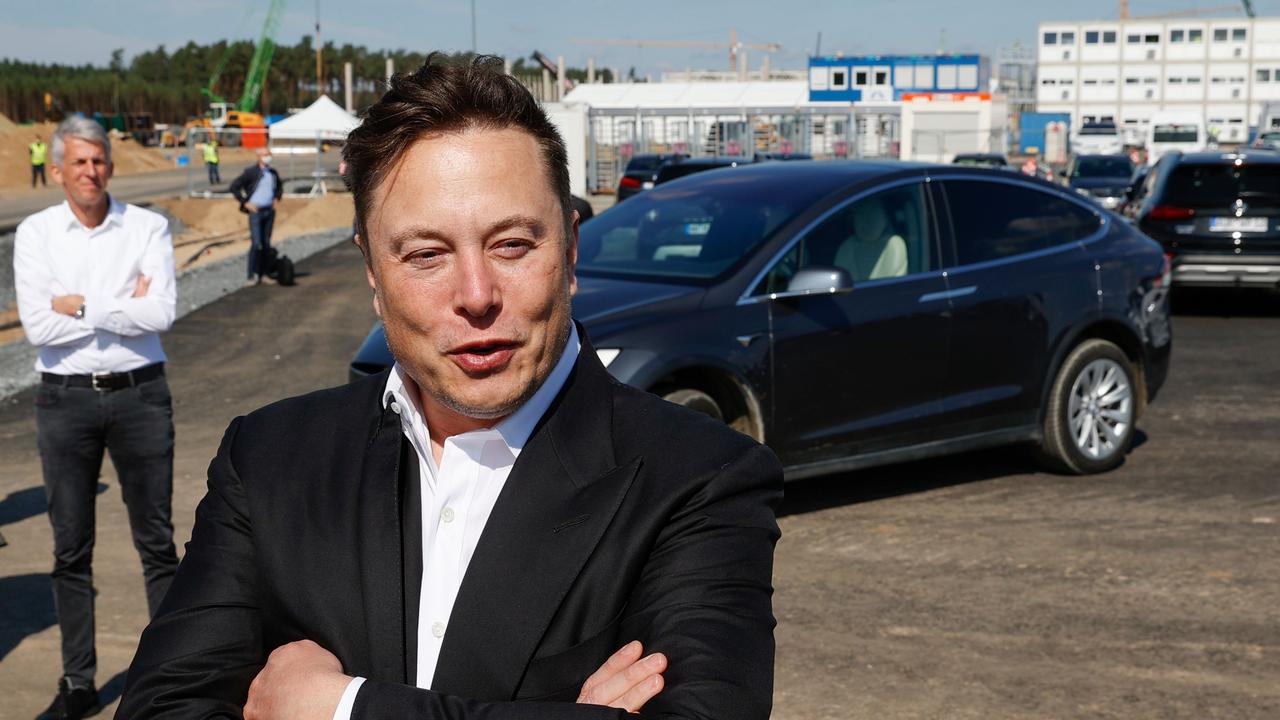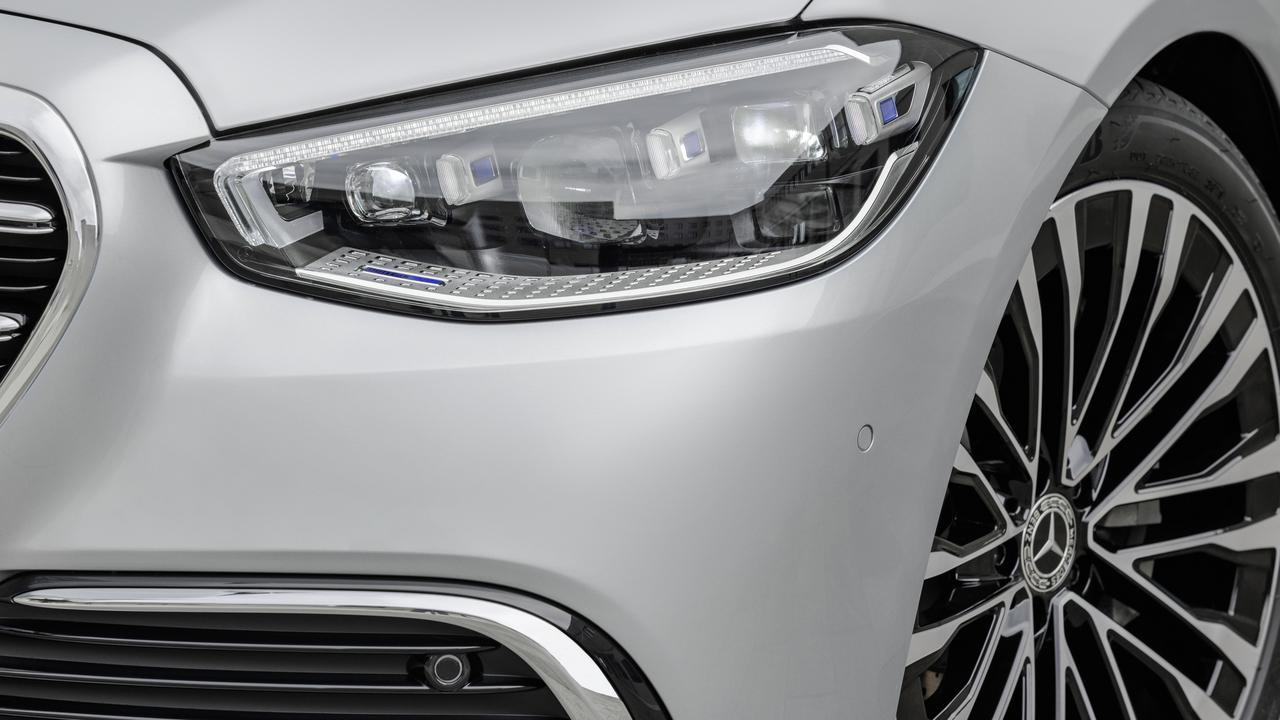Autonomous car breakthrough: Nvidia unveils tiny computer chip that could accelerate arrival of driverless cars
IS this what we’ve been waiting for? Breakthrough autonomous technology can recognise — and fix — a vehicle’s driving mistakes.
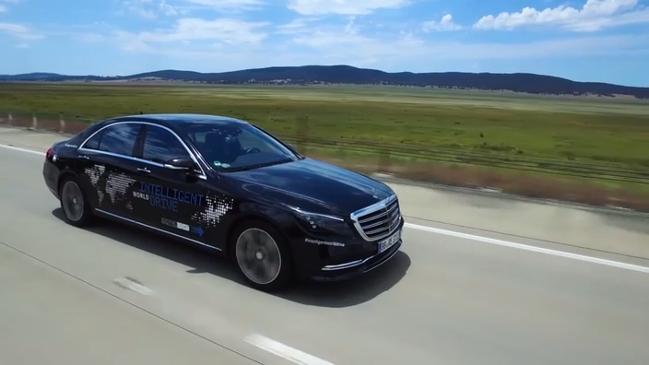
A TINY computer chip with the power of a “super computer” looks set to be the key to accelerating development of truly autonomous cars.
Tech giant Nvidia has unveiled a “plug and play” operating system that would allow car companies to buy the computer power needed to process the complex task of real world driving — without the need for a driver to touch the steering wheel or the pedals.
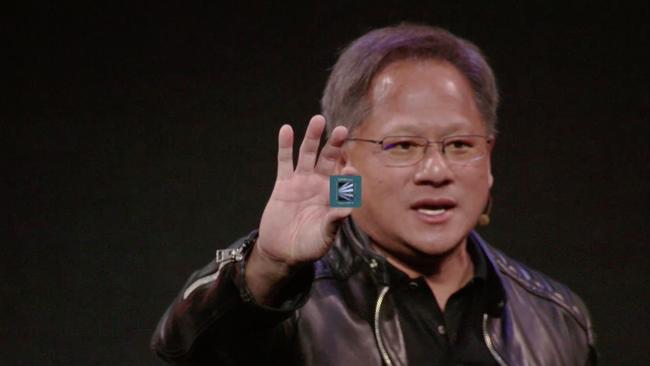
In a video demonstration at the Consumer Electronic Show in Las Vegas overnight, Nvidia showed a car autonomously completing an 8 mile (12.8km) loop on public roads in the US, including negotiating 23 intersections, 8 hard turns and 2 stop signs without driver intervention.
Nvidia says its invention of “the world’s first autonomous machine processor” is in the final stages of development and will be production ready by the end of the year.
However, the technology likely won’t be in showrooms until 2020 or beyond because of the lead times in rolling out new models.
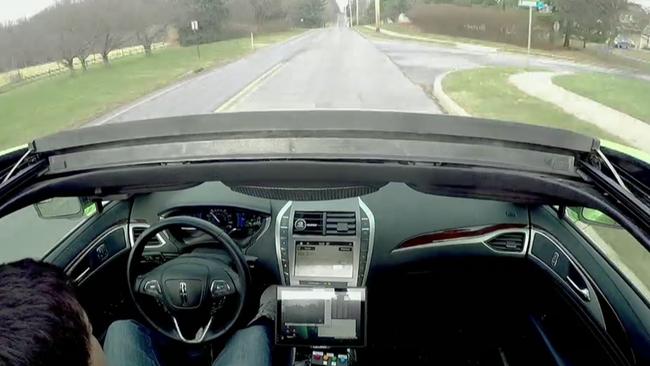
The boss of Nvidia, Jensen Huang, says the most important aspect of autonomous car computer power is not the ability to operate the vehicle but the processing speed needed to double check the millions of lines of data — while detecting every obstacle — and then enabling one computer to make the right decision when the other misdiagnoses danger.
Unveiling the “server on a chip” after pulling it out of his back pocket, Mr Huang said autonomous car technology “can never fail because lives are at stake”.
However, he said the road to driverless cars was “incredibly complex” because the car must “make the right decision running software the world has never known how to write”.

Nvidia’s solution is a super-fast computer chip that duplicates every piece of data — gathered from cameras, GPS, lidar and radar sensors — required to make a decision in an autonomous car.
It has “dual execution, runs everything twice without consuming twice the horsepower,” he said. “If a fault is discovered inside your car it will continue to operate incredibly well”.
Mr Huang said it took “8000 engineering years” to design the chip that cost “billions” of dollars in research and development, but he hoped the company could drive down the cost to consumers “to the same level if not below” that of conventional cars.
The car industry is in a race to adopt autonomous vehicle technology because the world’s population is growing and time lost to traffic snarls is increasing.
“In a little more than 10 years there will be another billion people in society … and an increase traffic by a factor of three, from 15 trillion miles to over 40 trillion miles per year,” said Mr Huang.
“It’s not possible for the world to sustain a billion more people … if we need parking lots for all these cars. ”
Therefore, he says, autonomous vehicle technology “is potentially the greatest revolution that will come to this industry in over 100 years … the contribution to society is so enormous.”

Nvidia has also developed virtual reality technology to create a simulator to initially test its autonomous car software off the streets.
It is able to replicate or create dangerous scenarios to “teach” the car new evasive manoeuvres or to detect danger earlier.
Nvidia already supplies some of its technology to some car makers, but at the show it announced a formal partnership with the world’s biggest car maker, Volkswagen.
Although it showed a modern VW Kombi as a tease — the previously released ID Buzz concept car — the German car company did not specify which models would debut its self-driving systems.
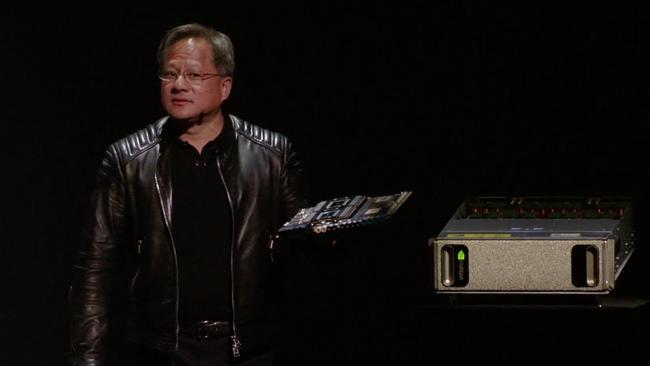
Nvidia is working on two types of autonomous tech: “level four” for cars with drivers who may need to take control, and “level five” cars dubbed “robot taxis” that don’t require a driver.
The tech company says it is also working on systems that will give drivers voice control to open and close windows or change radio stations, but also track eye movement to monitor fatigue.
This reporter is on Twitter: @JoshuaDowling


